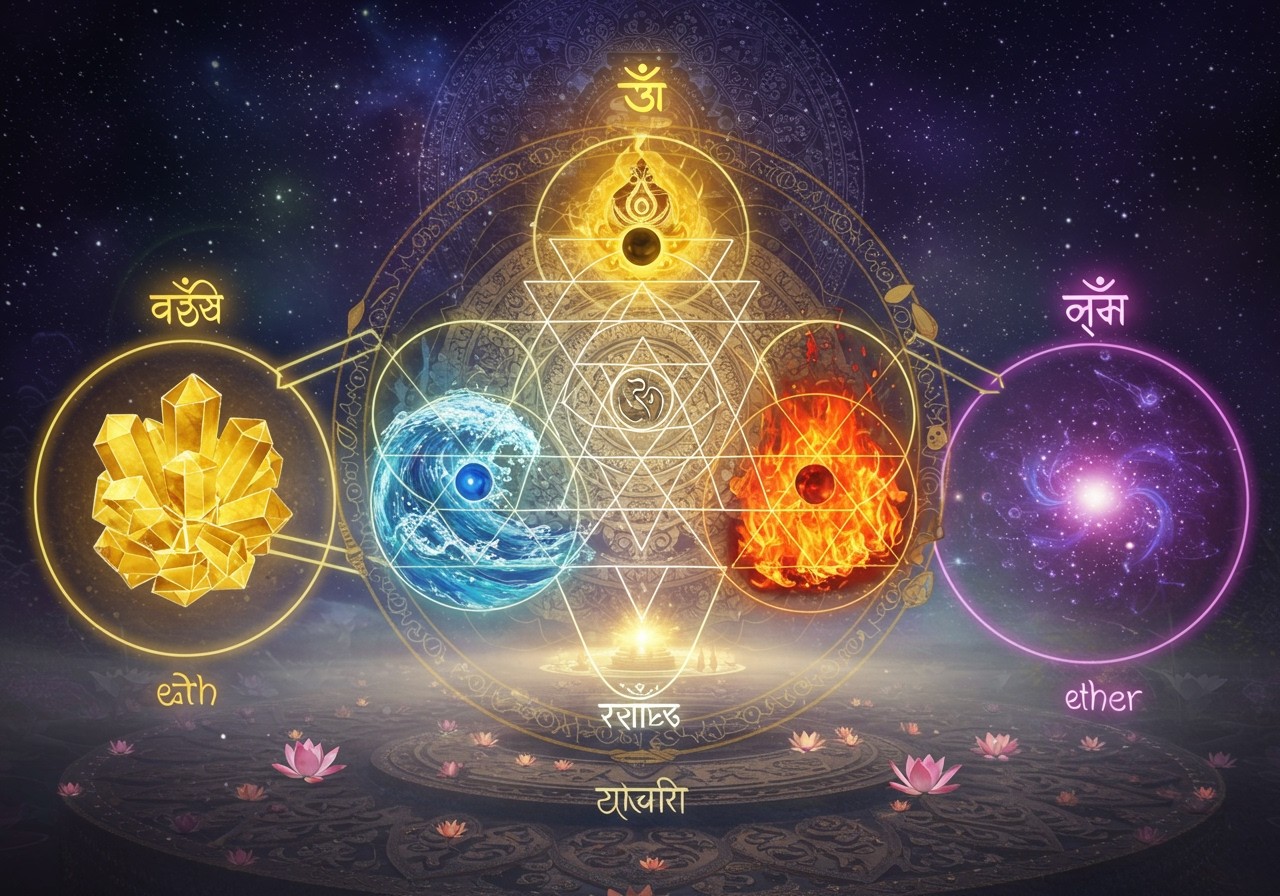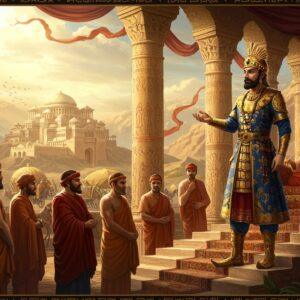
The Bhuta Samkhya System is an ancient Indian method of representing numbers, deeply interwoven with cultural and spiritual traditions. This unique system employs symbolic and natural elements to offer a different perspective on numerical concepts. Delving into this system helps us appreciate the philosophical depth of ancient Indian thought.
Origins and Historical Context
The Bhuta Samkhya System’s roots lie in ancient Indian scriptures and texts, developing alongside Indian mathematics and numerology. Scholars and spiritual leaders employed this system to encode numerical information using metaphors and symbols, preserving cultural knowledge through oral traditions and influencing other numbering systems in the region. Examining the origins of the Bhuta Samkhya System reveals its historical significance. It was more than just a way to count; it was a tool for spiritual and educational purposes. This system showcases the innovative spirit of ancient Indian scholars, who recognized the profound connection between numbers and the natural world. Similar connections can be seen in the development of the Indian decimal system, documented as early as 594 AD, with Brahmagupta defining zero in the 7th century CE. These innovations revolutionized mathematics and formed the foundation of the modern numeral system.
Understanding the Bhuta Samkhya System
In ancient India, numbers held a special significance. The Bhuta Samkhya System illuminates this tradition where numbers are not mere digits but symbols rich with meaning. Imagine numbers represented through elements like earth, water, fire, air, and ether. Each element, or “Bhuta,” represents a specific value, interweaving nature with numerals.
Origins and Development
The Bhuta Samkhya System’s origins trace back to the Vedic period, resonating through sacred texts like the Yajurveda, which mentions number words for powers of 10 up to 1012. These texts show how numbers embodied spiritual meaning. The system evolved alongside other numerical systems, like the Brahmi numerals of the 3rd century BCE, influencing later systems and demonstrating India’s innovative spirit. Just as Aryabhata in the 5th century CE devised a positional system using Sanskrit consonants and vowels, the Bhuta Samkhya System demonstrates the ingenuity of ancient Indian mathematicians.
The Samkhya Chart
Visualize a chart where numbers align with natural elements. This chart, integral to the Bhuta Samkhya System, helps us grasp the relationship between numbers and nature. For instance, water might symbolize the number two, while fire could represent three. The chart acts as a link, connecting spiritual beliefs with practical calculations. It provided a unique way to conceptualize numbers, similar to how the Bakhshali Manuscript (likely 7th century CE) used algebraic equations.
Applications and Influence
The Bhuta Samkhya System played a vital role in ancient rituals and astrology. It influenced areas like architecture and art, weaving itself into India’s cultural fabric. Even today, scholars explore its impact on linguistics and cognitive science. Its legacy inspires those seeking a deeper connection between numbers and life, echoing the impact of Indian numerals on the Islamic world and Europe, as documented by scholars like Al-Khwarizmi and Al-Kindi in the 9th century CE.
Cultural Significance
The Bhuta Samkhya System stands as a testament to India’s rich heritage, reflecting the harmony between nature and knowledge cherished by ancient scholars. Preserving such traditions enriches cultural identity, offering glimpses into India’s intellectual past. This resonates with the preservation of mathematical knowledge in texts like Aryabhatiya (499 CE) and Brahmasphutasiddhanta.
Poojn.in: Your Source for Ritual Items
Poojn.in, India’s leading provider of cultural goods and services, offers a wide selection of items to support your Bhuta Samkhya practices. Whether you need ingredients for specific rituals or complete puja kits, Poojn.in can meet your needs. You can find everything from pure copper vessels and clay diyas to natural incense and crystals. We ensure the authenticity and purity of all our products, delivering them conveniently across India.
Explore our Gomti Chakra stones, brass Hanuman statues, and Ganesha idols for enhancing your spiritual practices. We also offer Laxmi-Ganesha murtis perfect for creating a sacred space in your home.
Learn more about Hinduism and its rich history by exploring articles on our website, such as “Hinduism: A Complete History and Origin” and “Hinduism: A Concise History and Exploration of its Origins”. You can also discover more about important cultural practices like Aksharabhyasam at Sringeri and the historical significance of Udupi Sri Krishna Matha.
Embracing the Bhuta Samkhya Legacy
The Bhuta Samkhya System invites us to perceive numbers beyond mere quantities. It reveals numbers as dynamic symbols connecting us to the elements of nature. This system, echoing through time, reminds us of the link between spirituality and mathematics. By embracing the Bhuta Samkhya legacy, we honor our cultural heritage and keep ancient wisdom alive.
Frequently Asked Questions about the Bhuta Samkhya System
What is the Bhuta Samkhya System? The Bhuta Samkhya System is a unique method from ancient India for representing numbers. It utilizes symbols and words, often drawing from nature, to express numerical concepts.
How does it differ from other numerical systems? Unlike modern systems based on digits, Bhuta Samkhya employs natural elements and objects for representation, making it more symbolic and less direct.
Why is it important? The Bhuta Samkhya System reflects the cultural and philosophical thought of ancient India. It illustrates how numbers were connected to the surrounding world, providing valuable insights into their worldview.


